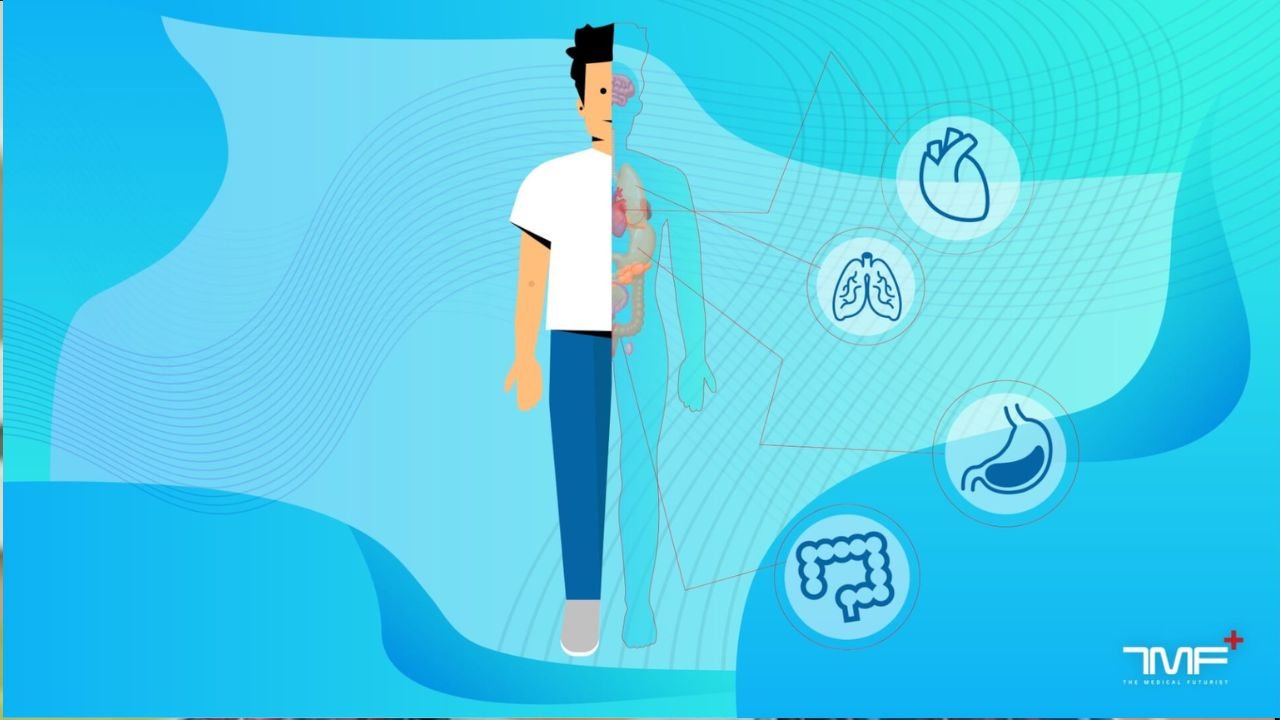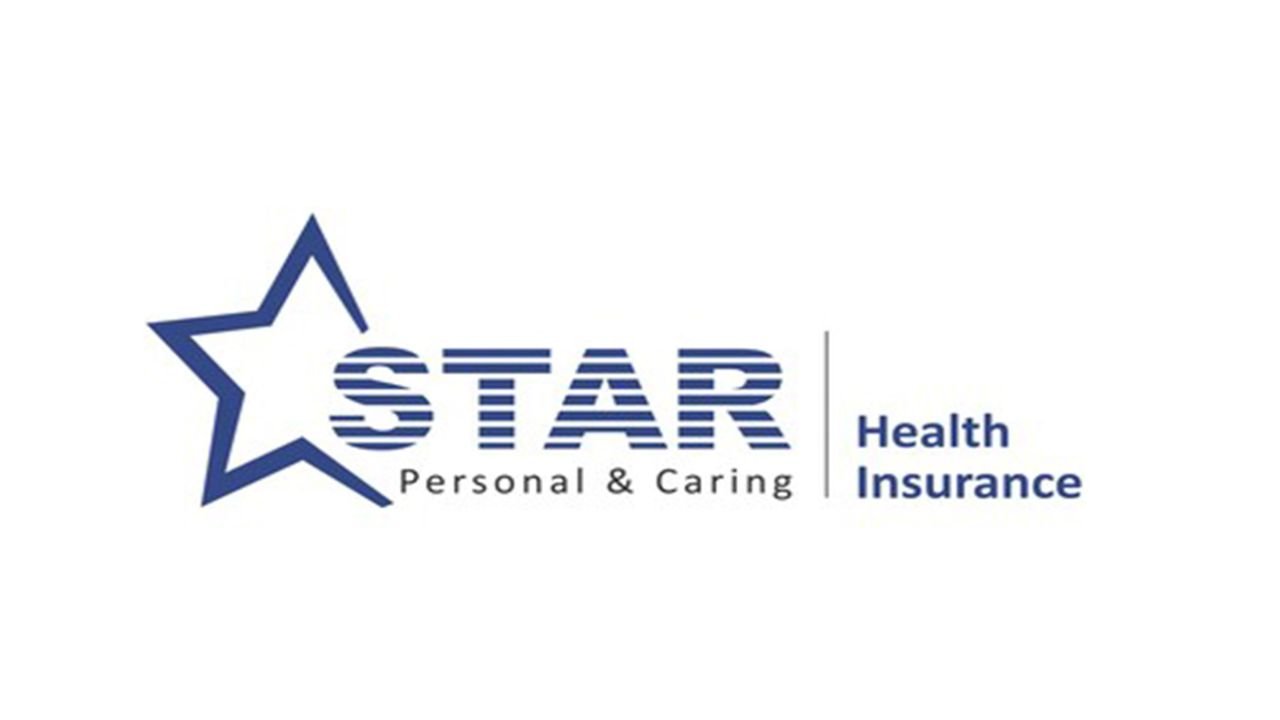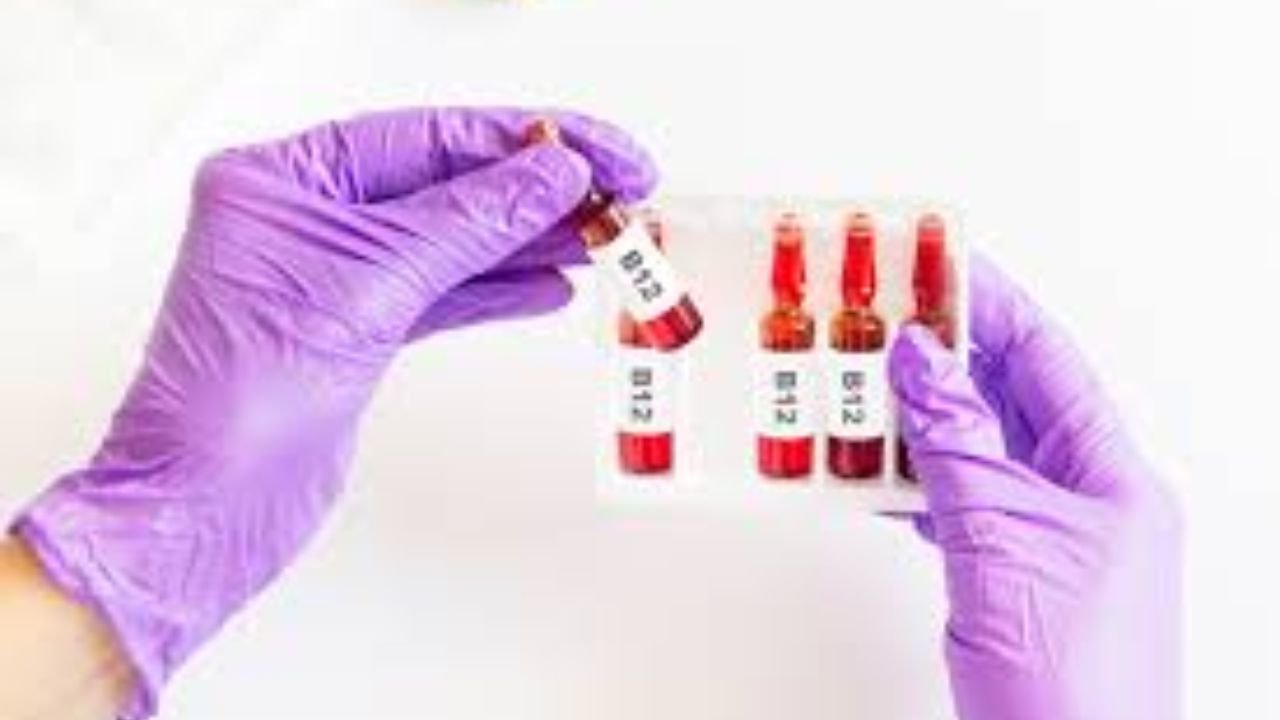Imagine a healthcare system where every medical decision, every treatment plan, and every preventative measure is precisely tailored to you. Not based on averages or general statistics, but on a dynamic, living replica of your own unique biology. This is the reality of the “digital twin” in healthcare, a concept poised to utterly redefine our relationship with health.
What exactly is a digital twin in healthcare?
The traditional “one-size-fits-all” approach to medicine, while effective for many, often falls short when faced with the complexities of individual physiology. We all react differently to medications, our bodies age at varying rates, and our lifestyles carve distinct health trajectories. The digital twin emerges as the ultimate answer to this challenge – an AI-powered virtual model of an individual’s biology, whether it’s a single organ, a specific system, or even the entire human being.
What feeds this virtual doppelgänger? A continuous stream of highly personalized data. This includes your genetic blueprint, real-time physiological readings from wearables and implantable sensors, comprehensive medical history, lifestyle choices, and even environmental exposures. Every piece of data about you, from your daily step count to the nuanced interactions of your internal organs, is fed into this digital counterpart, allowing it to mirror your physical self with astonishing accuracy. The key is its dynamism: it learns, adapts, and evolves as your real body does.
The promise to revolutionizing your health
The promise of this technology is transformative:
- Hyper-personalized treatment: Doctors could, in essence, “test” medications, surgical procedures, or new therapies on your digital twin first. This virtual trial run would predict outcomes with unprecedented accuracy, minimizing risks, reducing trial-and-error, and ensuring you receive the most effective intervention.
- Proactive prevention: Your virtual self could flag potential health risks years before they manifest as symptoms. Subtle shifts in data patterns, undetectable by the human eye, would be identified by the AI, allowing for interventions long before a condition takes hold.
- Accelerated research & drug discovery: Pharmaceutical companies could test new compounds on millions of digital twins simultaneously, dramatically accelerating development cycles and reducing the need for extensive, costly human trials.
Healthcare software in digital twin creation
At the heart of this revolution is professional healthcare software development. Building these incredibly complex, data-intensive digital twins is about engineering the intelligence to process, interpret, and simulate. This demands a powerful synergy of artificial intelligence (including machine learning and deep learning), advanced big data analytics, robust and secure cloud infrastructure, and cutting-edge simulation modeling.
Challenges
Vast data collection raises significant privacy concerns, and the ethical implications of who “owns” your digital twin and how it can be used are critical questions that society must address. Yet, it’s crucial to remember that this technology is a powerful tool designed to augment human capabilities, not replace them.
The goal is to empower doctors with unparalleled insights and to provide patients with a healthcare experience that is truly bespoke, maximally effective, and proactively designed for their unique well-being.



